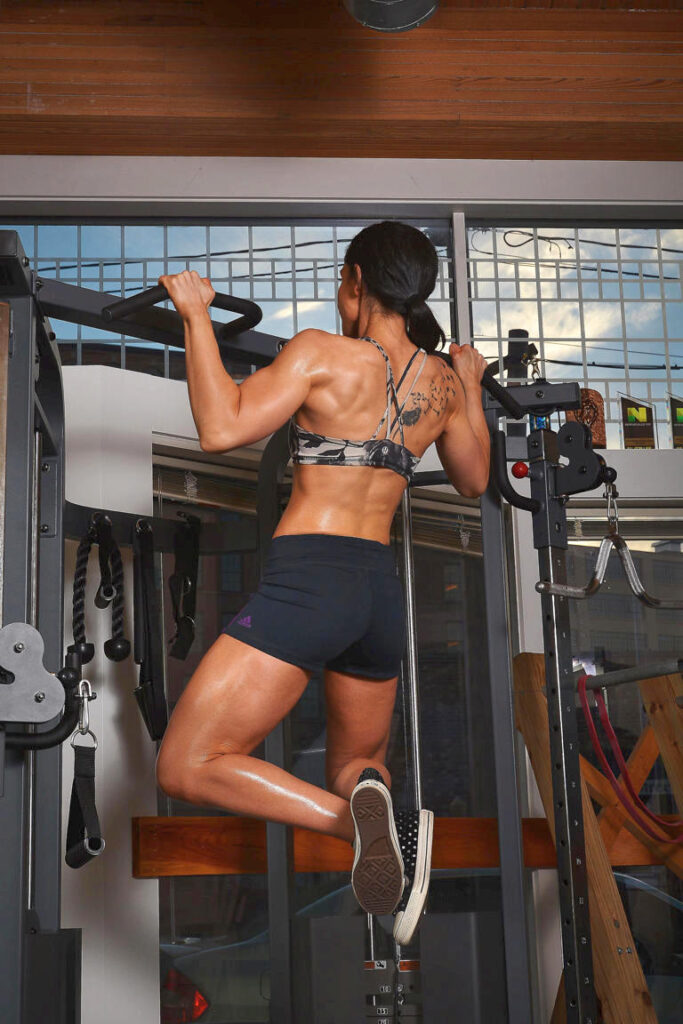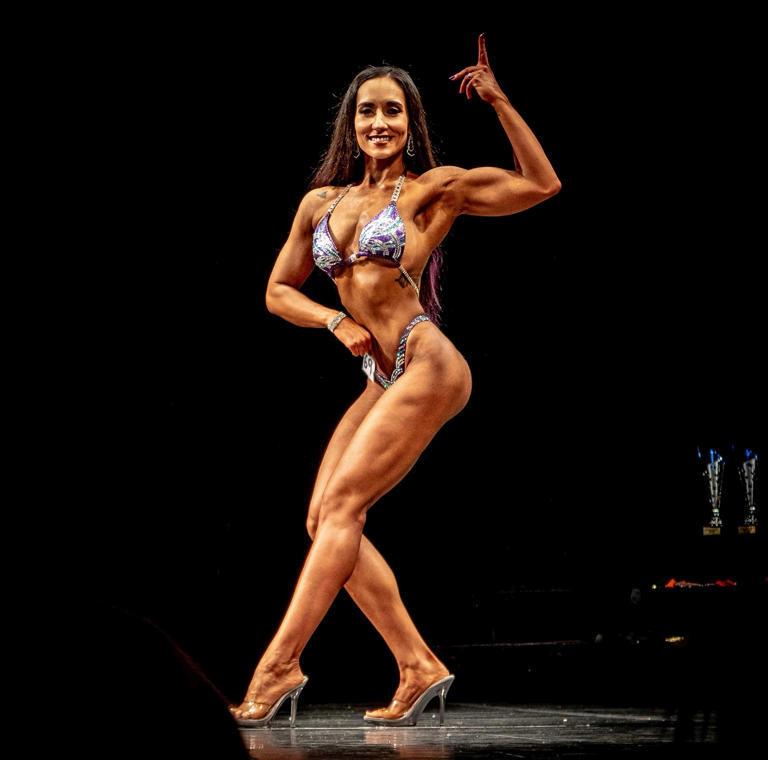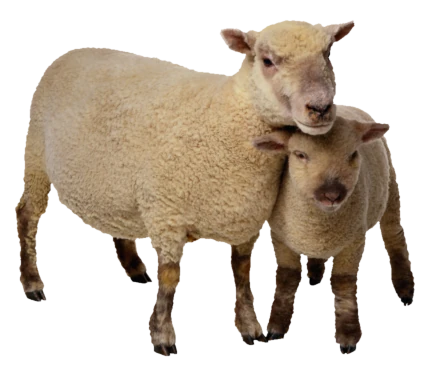When Dani Taylor first worked up to the courage to start bodybuilding nearly two decades ago, people scoffed at the idea that she could build muscle on a plant-based diet.
- Bodybuilder Dani Taylor said she gets plenty of protein to build muscle on a plant-based diet.
- She said the extra fiber in vegan food can help her stay full while burning fat for competition.
- Taylor said she doesn’t stay lean year-round, since it wouldn’t be healthy or sustainable.
When Dani Taylor first worked up to the courage to start bodybuilding nearly two decades ago, people scoffed at the idea that she could build muscle on a plant-based diet.
“People were saying ‘Vegan bodybuilder, isn’t that an oxymoron?” she told Insider. “There was not a lot of information on how to be a vegan, let alone how to be a vegan athlete. I didn’t know any other vegans.”
Taylor said back in 2005, the first trainer she worked with didn’t believe she could succeed without at least supplementing with whey protein powder.
These days, that same trainer sends plant-based clients to Taylor —now a bodybuilding coach herself, in addition to being an award-winning athlete.
Here’s how she learned to “veganize” meals to build muscle and burn fat — and why she thinks putting on some weight over the holidays is a good idea.
She uses a bulking cycle to build muscle with foods like tofu, oatmeal, fruit, and beans
Taylor said she has been vegan for two decades, starting long before she ever walked into the gym. She went vegetarian as a child for ethical reasons, then decided to go fully vegan as a teen while writing a paper on the egg and dairy industry.
Initially, Taylor said she didn’t know much about nutrition and didn’t eat a lot of fruit and vegetables, so she started to learn more about how to eat well.
Over time, Taylor said she’s learned how to “veganize” typical bodybuilding meals, going way beyond the sad plates of lettuce people envision her diet to be.
“I think they think I just eat salads, but you can’t build the kind of muscle we’re trying to build if you just eat salads,” she said.
An average muscle-building meal plan for Taylor includes around 2,500 calories a day and 140 grams of protein, with daily meals like:
- Breakfast: tofu scramble with veggies and oatmeal
- Snack: lots of fruit
- Lunch: usually soup or salad with plenty of beans, leafy greens and tempeh TVP (textured vegetable protein, a vegan staple similar in consistency to ground beef)
- Protein shakes: made with a banana, soy milk, and peanut butter blended with a mix of plant-based protein powder from sources like peas, quinoa, amaranth, and artichoke
- Dinner: potatoes, or sweet potatoes, with veggies and a protein like seitan (made from wheat gluten)
Taylor said her evening meal is a plant-based version of the stereotypical chicken or fish and broccoli many athletes eat — she calls it “bro dinner.”
“I keep waiting for the day that I get sick of it, but I never do,” she said.
A high-fiber vegan diet can help with losing body fat

Bodybuilding isn’t just about eating big and growing muscle. Leading up to competition, athletes steadily cut calories to decrease body fat and make their muscles as defined as possible for the stage.
Taylor said being vegan gives her an edge before competition, since plants are often high-volume foods, meaning you can eat a lot, and feel more full, without having many calories.
“I think it has to do with the fact that we eat so much more fiber. You feel fuller, and you’re getting more nutrients,” she said.
When it is time to cut, it’s also crucial to lower calories slowly over time, since trying to rush the process can cause you to stall or lead to side effects like fatigue, malnutrition, and an unhealthy fixation on food.
“Your body is very smart and will adjust to whatever throws at it. If you go too low too quickly, you’ll hit a sticking point,” she said.
Even bodybuilders don’t stay lean year round — eating more around the holidays can be healthy
Still, achieving a low body fat percentage for competition while retaining muscle mass is a tough task, and you can’t build muscle if you aren’t eating enough. Taylor said she spends much more time bulking than cutting, since building muscle is a slow process.
“I might build for 18 months and cut for six months,” she said. “It’s a very, very taxing sport so I don’t compete every year.”
Taylor also said she takes advantage of the holiday season, timing her bulking phase to enjoy all the festive foods and plenty of treat meals as fuel for gains.
She said she feels a responsibility to let people know that it’s normal for bodies to change throughout the year, even for pros. The way bodybuilders look on stage isn’t sustainable, since they’re highly-trained athletes who put in months of rigorous work to “peak” just for competition day, according to Taylor.
Bodybuilders often face serious side effects from competing, or in some cases, using risky strategies like steroids to stay ripped.
And for the general population, it’s not a good idea to try to be ultra-lean, since very low body fat can be a health hazard over time.
“I hear people say they don’t want to compete in bodybuilding but they want to look like that. It’s not a very healthy place to be and it makes it sound like you can look like that by accident,” she said. “I don’t stay shredded all the time, because there are real world repercussions from staying lean year-round.”

